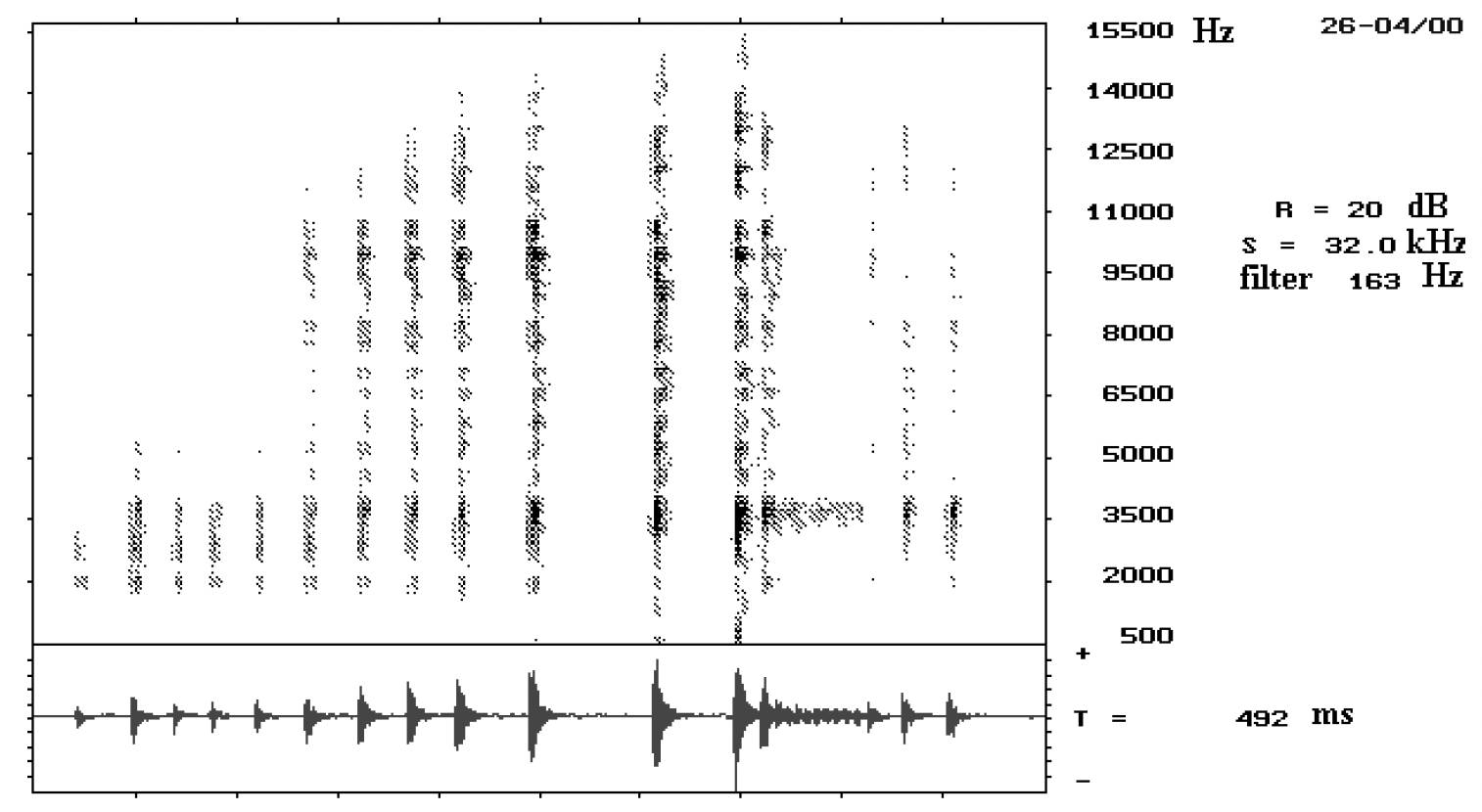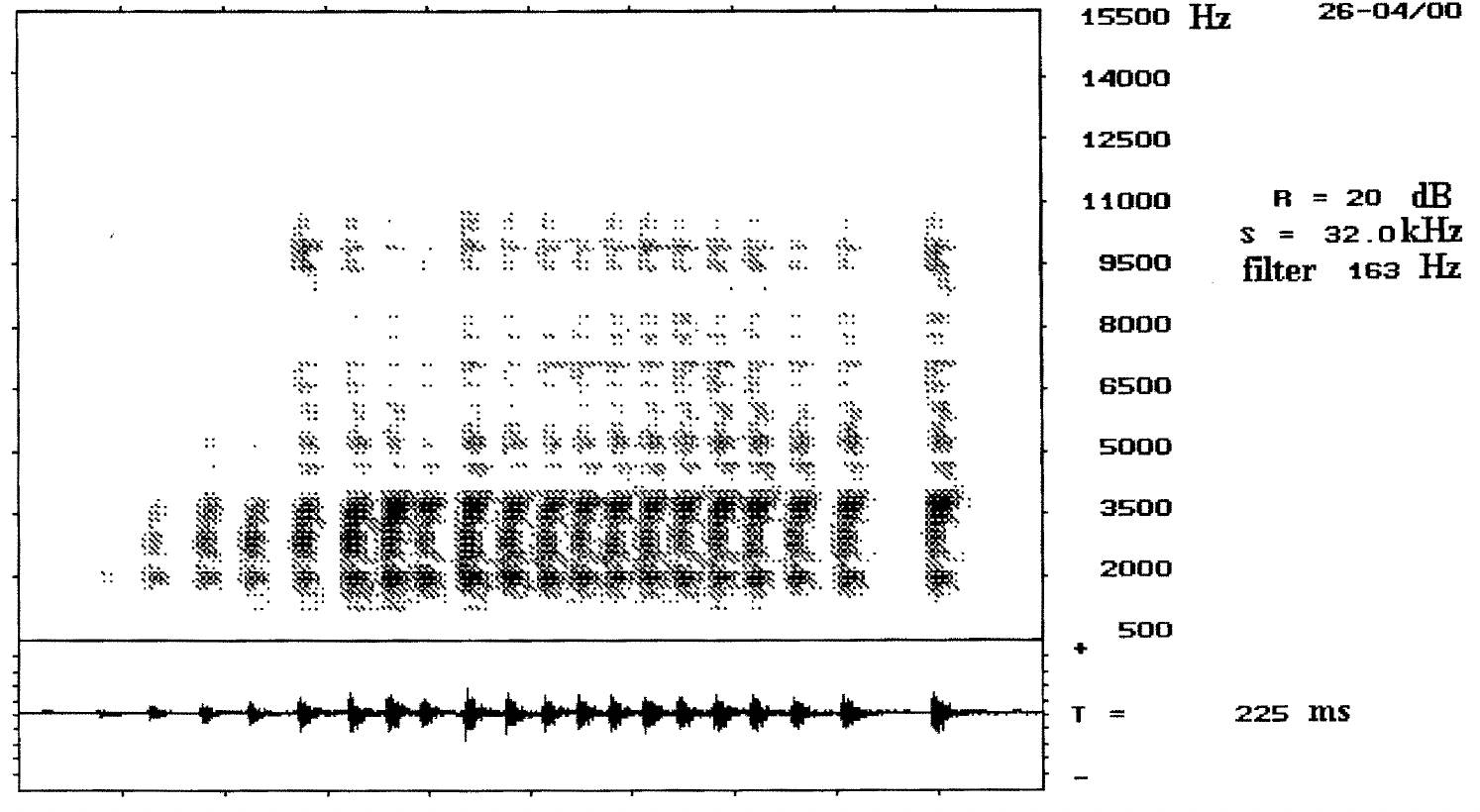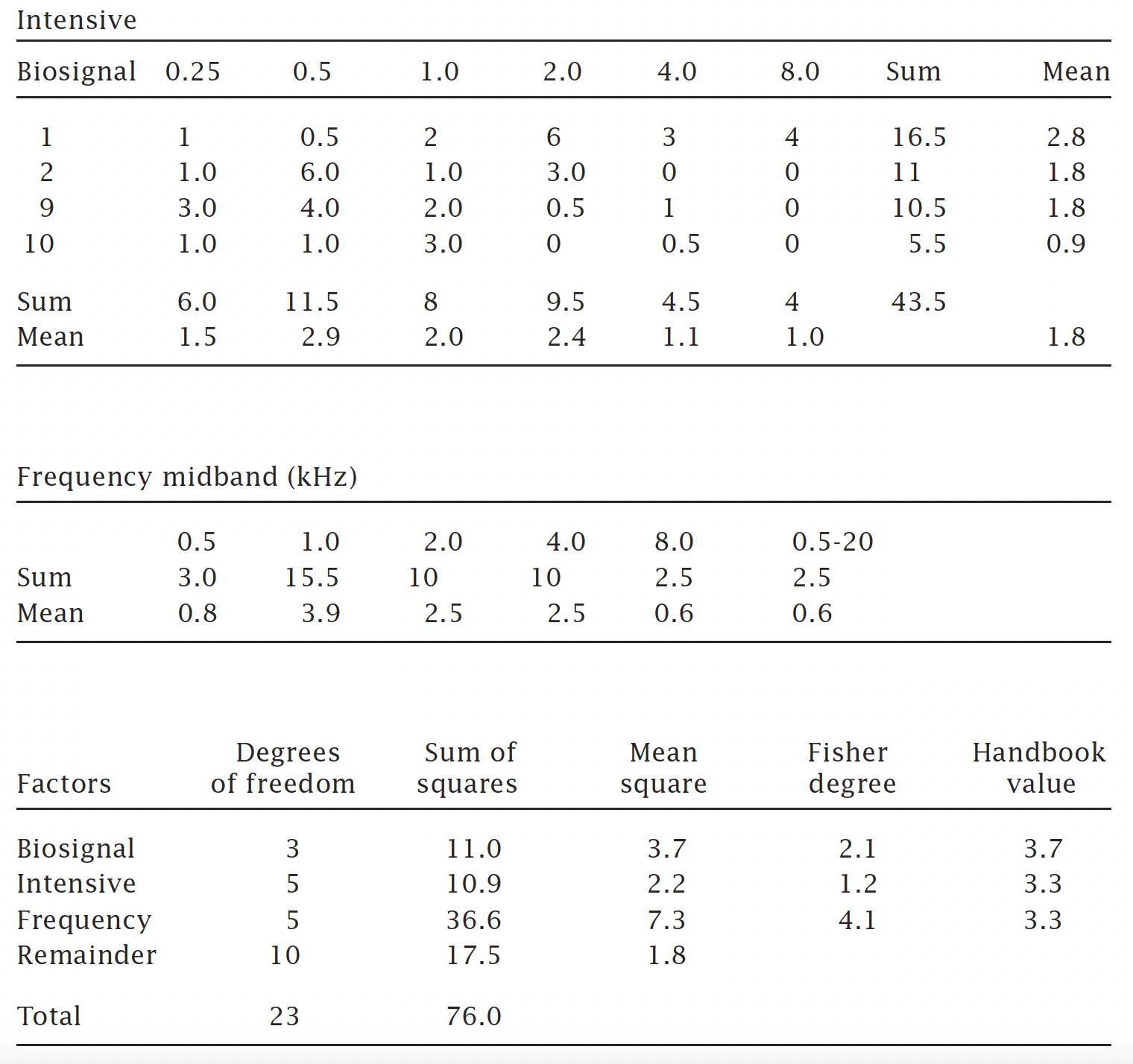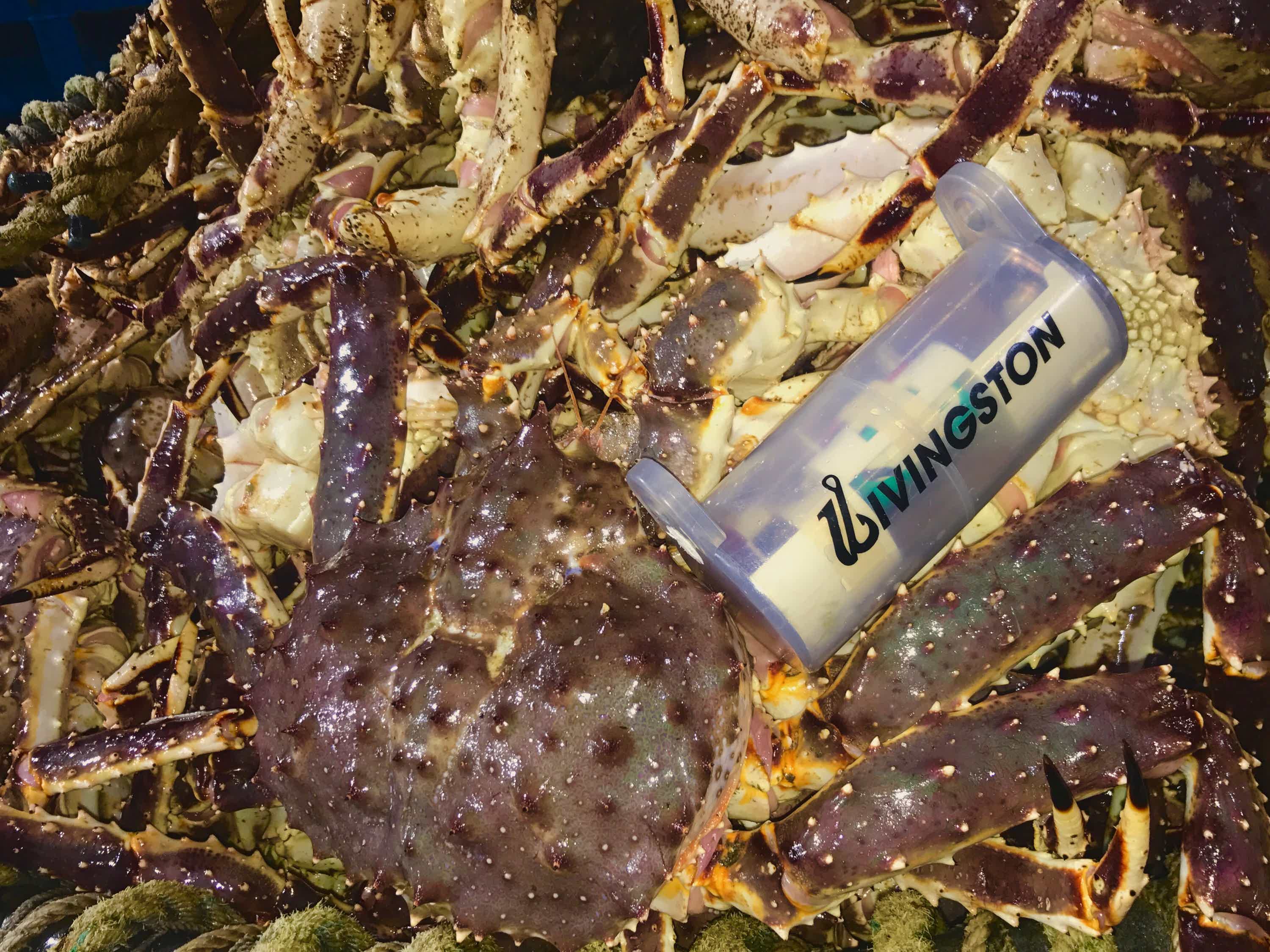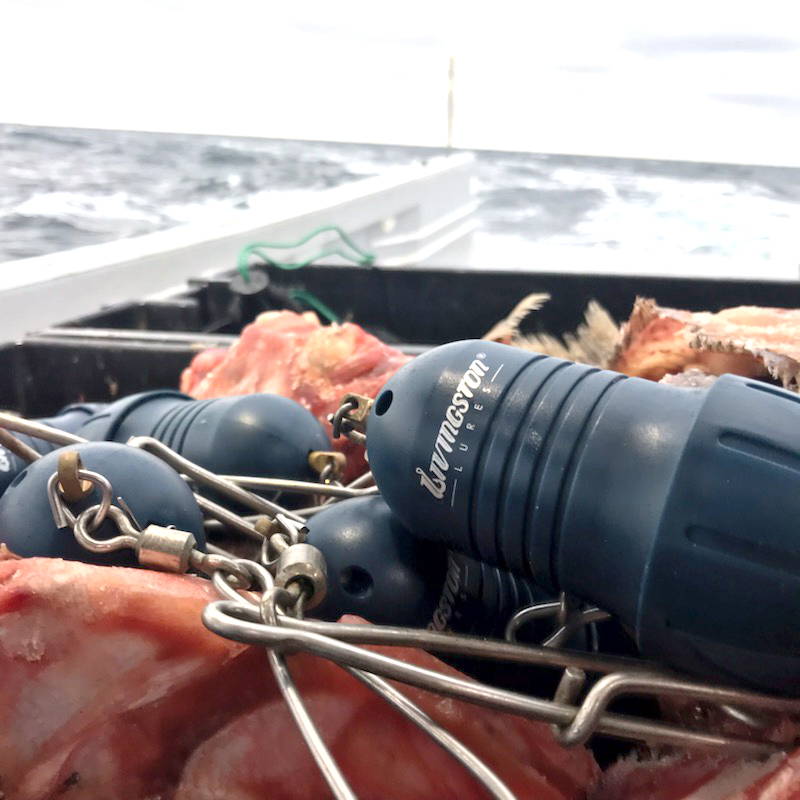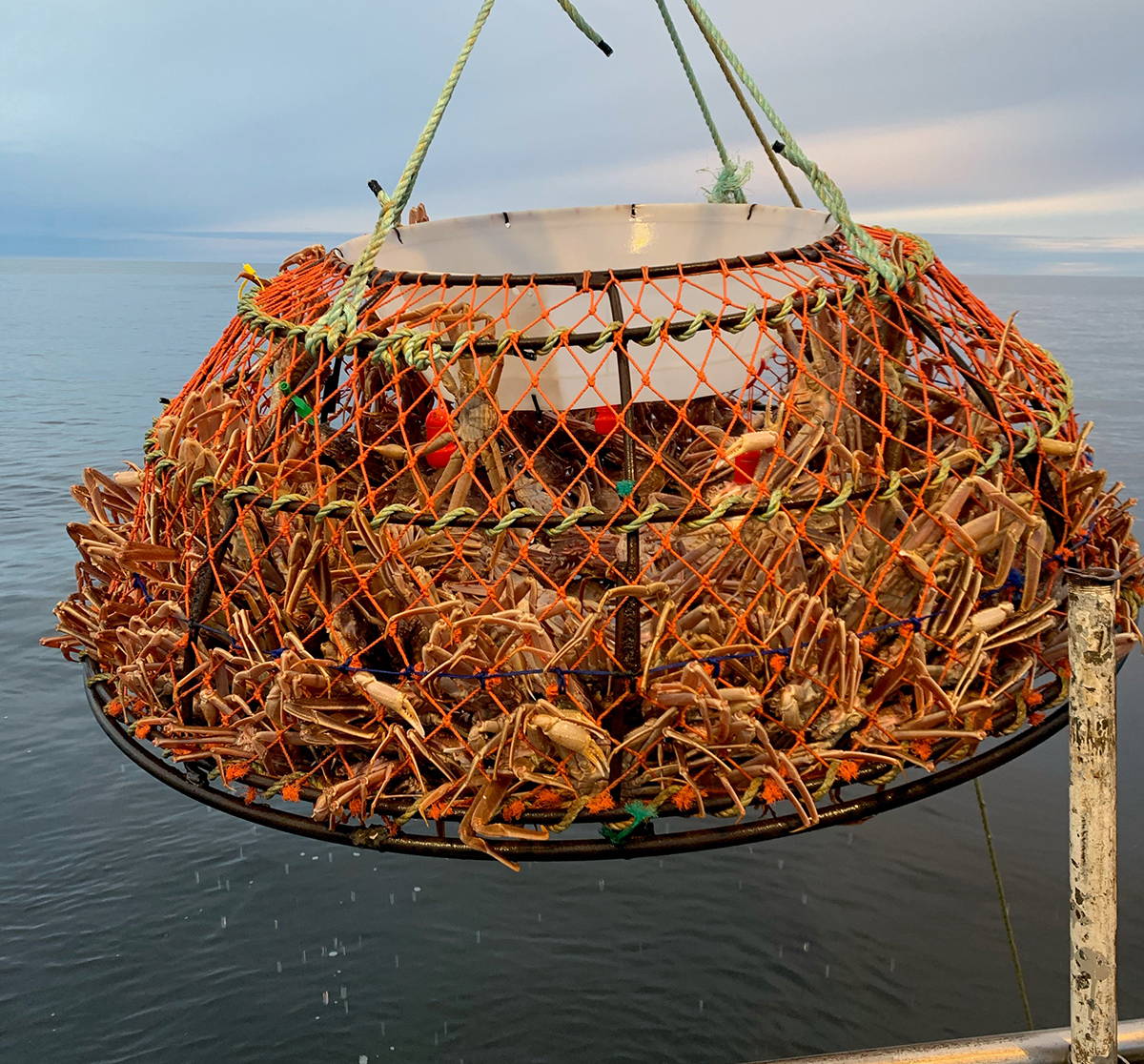247 Tolstoganova, L.K. 2002. Acoustical Behavior in King Crab (Paralithodes camtschaticus). In: A.J. Paul, E.G. Dawe, R. Elner, G.S. Jamieson, G.H. Kruse, R.S. Otto, B. Sainte-Marie, T.C. Shirley, and D. Woodby (eds.), Crabs in Cold Water Regions: Biology, Management, and Economics. Alaska Sea Grant College Program, University of Alaska Fairbanks, pp. 247-254. doi:10.4027/ccwrbme.2002.19 © Alaska Sea Grant, University of Alaska Fairbanks
Acoustical Behavior in King Crab (Paralithodes camtschaticus)
Larissa K. Tolstoganova Russian Federal Research Institute of Fisheries and Oceanography (VNIRO), Moscow, Russia
Abstract
Aquarium observations on crab acoustical activity demonstrated that several crab species produced intensive acoustic signals during feeding as well as while they endured unfavorable environmental conditions.
Feeding sounds of their own species, as well as an imitation of these sounds emitted by a transducer, increased movements of the king crab (Paralithodes camtschaticus). Some king crabs directly approached the sound source. Other sounds, including feeding sounds of different crab species, did not provoke discernable king crab reactions.
Numerous aquarium experiments on the king crab’s reactions to emission of various natural king crab feeding sounds and their imitations have allowed determination of signal parameters for attracting king crab. Precise duplication of signals resulted in the development of an acoustic crab lure (ACL). Fishing experiments proved that the ACL attracts king crab.
Introduction
The king crab is the most valuable fishery resource in the Okhotsk Sea. They are caught either in small conical traps with a base diameter of 1.3- 1.5 m and a height 0.8-1.0 m or in large square pots measuring ca. 2.8 m × 2.8 m × 1.0 m. These traps are passive fishing gear and require bait to attract crab to them. At present, various fishes are used for bait but these lose their attractiveness with time and work efficiently only during the first 18 hours. This provides quite good catches when crab concentration is high. When concentration is low, a supplementary stimulus might re sult in higher catches. The most efficient stimuli, such as smell, visibility or sound, would be capable of reception over relatively long distances. Sound propagates quickly through water over long distances and is easily generated. Acoustical signals are hence practical for aquatic organism behavior management. Observations of Black Sea crabs showed that feed- 248Tolstoganova — Acoustical Behavior in King Crabing crabs produced sound as a series of pulses, and some crabs movedtoward the feeding crab and sometimes approached (Protasov andRomanenko 1962).
In this study, the properties of king crab feeding noises and the be-havioral response of king crabs to both natural and synthesized soundswere investigated. Our objective was to create an acoustic crab lure (ACL)which could increase a trap’s efficiency in catching large males and alsoserve conservation goals by avoiding capture of females and undersizedmales in traps.

